House Features of Bygone Days
Have you ever walked through an old house and noticed a unique feature, maybe something from the past? Today, we’ll visit some old homes and discover some fascinating remnants from days gone by that have faded away into history…
Parlour

In the old days, having a parlour in your home was a sign of social status. It was a place to showcase the family’s best furniture, artworks, and and collectibles. The room was used specifically for entertaining guests, and was not normally used on a daily basis, but was kept in pristine condition so it was always ready for entertaining. The parlour was used for important family events, to receive guests after baptisms, weddings, and funerals. Tea was served in fine china cups, and alcohol was displayed in crystal decanters and served in heavy lead crystal glasses and stemware.
In some cases a parlour was kept closed when not in use, and furniture was sometimes covered in drop-cloths to avoid fading from the light coming through the windows, and to prevent dust from collecting on the upholstery.
Transom Windows
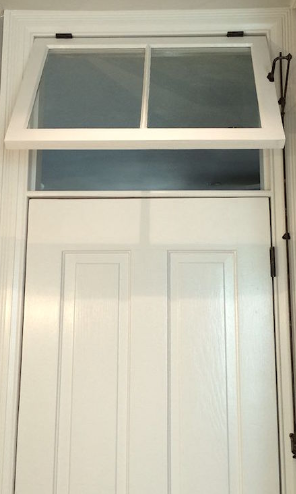
Transom windows are small windows built above doors in many older houses. We had several transom windows in our former house, on the 3rd Line of Bathurst, built in 1906, known locally as the Stafford house. This architectural feature was popular before central heating and air conditioning was available. These transom windows allowed the flow of air throughout the house, and were placed high above the the door so didn’t compromise the privacy of the occupant of the room. Some people used a tool to open and close the windows, known as ‘transom operators’, a long metal rod, made of brass, copper, or steel.
Servants’ Quarters
In large houses, the staff normally had their own areas where they lived and worked. This was common from the late 17th century up to the early 20th century. They could be located in the basements or attics, and in larger houses might be in a separate wing, or floor of the home.
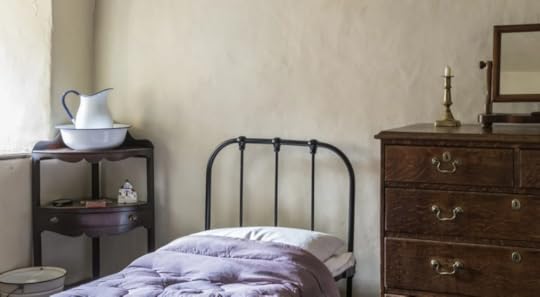
Wash Basin & Pitcher
Before indoor plumbing was available, people had a pitcher of water and a basin in their bedrooms so they could wash up before coming downstairs and joining the family for meals, or before bed.
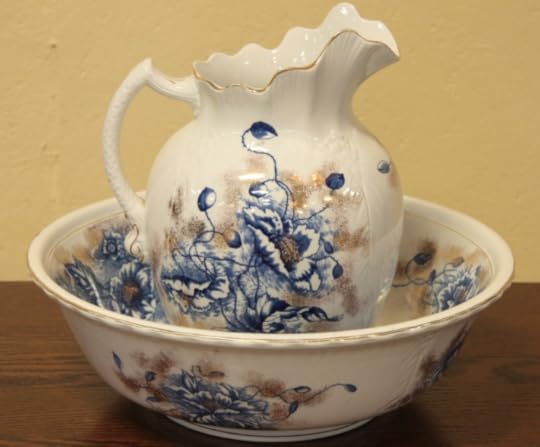
Some of the grand old homes had special wash basin stands, made of wood, to hold the pitcher and basin.
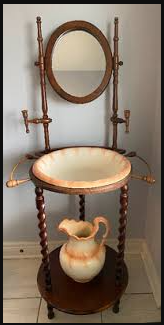
Coal Chutes
On the outside of homes, you may have noticed what appears to be a metal plate. These were coal chutes, and were located in the foundation wall, and were designed for coal deliveries, when most homes were heated with coal.
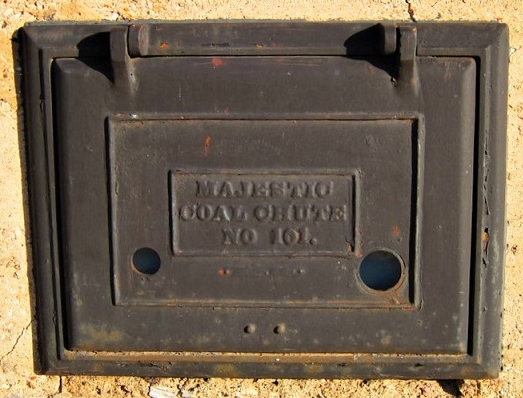
On the interior of the house wall, was the other side of the coal chute, which sometimes emptied into a large bin or holding box.
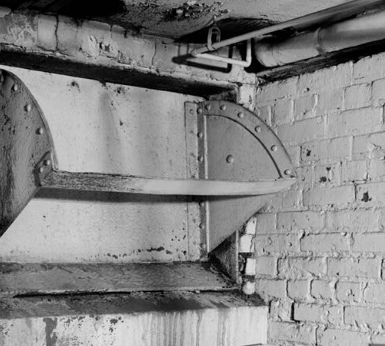
Coal was delivered once a week by a coal delivery service.
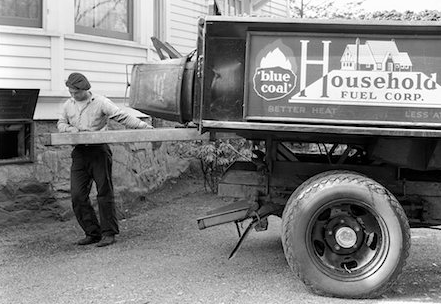
Ice Boxes
Before the invention of modern electric refrigerators, ice boxes were a common sight in houses, used to maintain the freshness of food. A large block of ice was placed in a compartment at the top of a wooden cabinet. The cool air would circulate inside the cabinet keeping the other sections cool. The cabinets were constructed with wood, and lined with zinc or tin which acted as an barrier, then the inner walls were packed with sawdust or cork to act as insulation.
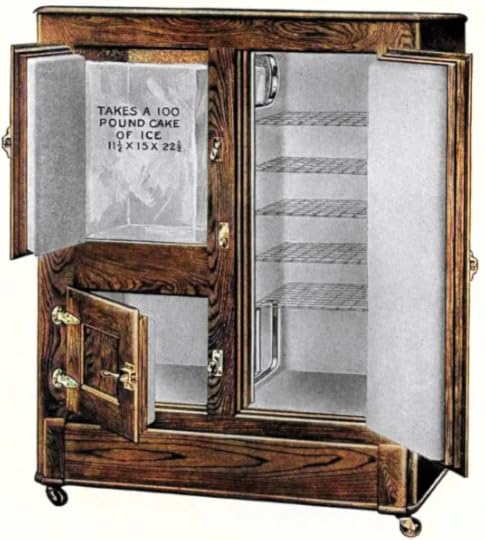
Ice Delivery
In some towns and cities, ice was delivered door to door by an Ice Man, who came regularly once a week to replace the ice in the ice boxes.
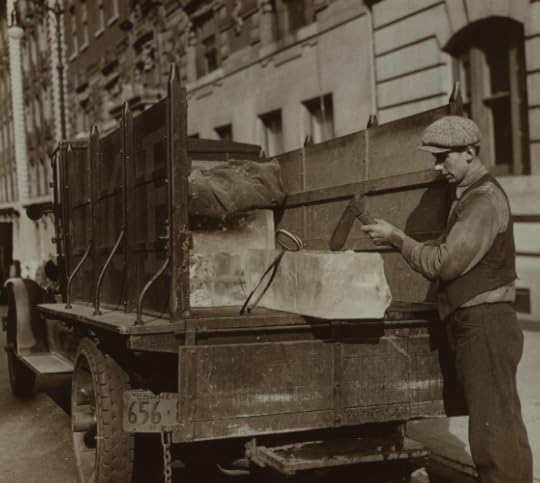
Milk Doors
Some older homes have milk doors, that were used when milk was delivered daily, door to door. Almost every family had milk delivered daily before the electric refrigerator became common in most homes.
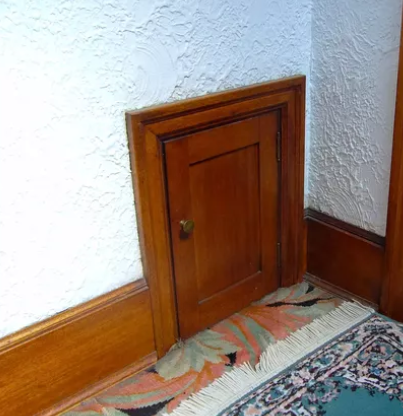
The milk doors were two-way, small, insulated doors built into the walls of homes and apartment buildings. The milk was kept cool, away from animals, and was easy access for the homeowner who could reach the milk without going outside.
Butlers Pantry
In stately old homes you might see a Butlers Pantry. These were common in large homes in the 18th and 19th centuries, and were usually located between the kitchen (where the staff would cook) and the dining room (where the family would be served). Silverware, serving dishes, china, and silver cutlery was kept in this area, and it was also used for polishing silver.

In some manor houses the Butler slept in the pantry in order to keep watch over the silver items, at one time these were sterling, so quite valuable to the family.
Dumbwaiters
It was common in Victorian times to have a Dumbwaiter in the home to transport items between floors.
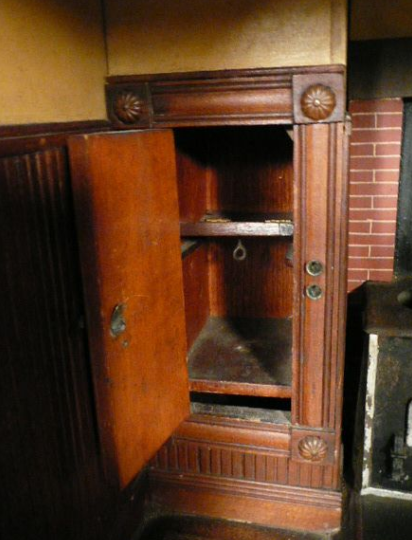
The Dumbwaiters were small elevators manually operated by a system of ropes and pullies, then in the 1920s, many were equipped with electric motors. Most Dumbwaiters had a load capacity of 200 lbs or less and were used to move food, laundry, and other small items between floors, mostly operated by the staff.
Picture Rails
Picture rails were used to avoid pounding nails for picture-hanging into the plaster walls.

The picture rails were strips of wooden molding that ran along the ceiling and were common in Victorian times. Wires and hooks or nails were used to hang paintings from the rails. Plaster was very easily damaged, so the picture rails were not just practical to preserve the integrity of the walls, but also became a pleasing and decorative feature in houses of a certain era.
Preserving the Past
for the Future
There are many fascinating features and details in older homes, and some of them tell us an interesting story about the lifestyles of the occupants who lived there.
While many of these are a thing of the past because modern conveniences have taken their place, they remain an important part of our history, of who we were, and how we lived.
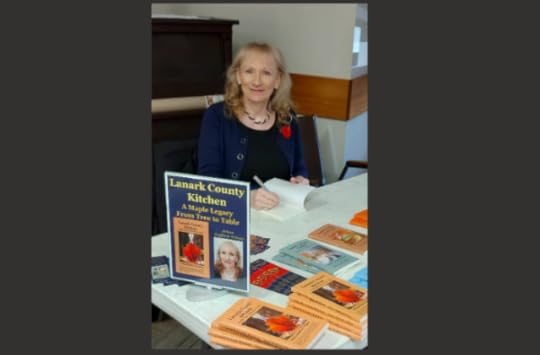
Arlene Stafford-Wilson
Honorary Life Member, Lanark County Genealogical Society
Member, Association of Professional Genealogists
Lanark County Pioneer Families Humanitarian Award 2023
Author of : “Lanark County Kitchen”, “Lanark County Christmas”, “Lanark County Comfort”, “Lanark County Collection”, “Lanark County Calling”, “Lanark County Classics”, “Lanark County Connections”, “Lanark County Calendar”, “Lanark County Chronicle”, “Lanark County Kid”, & “Recipes & Recollections”



